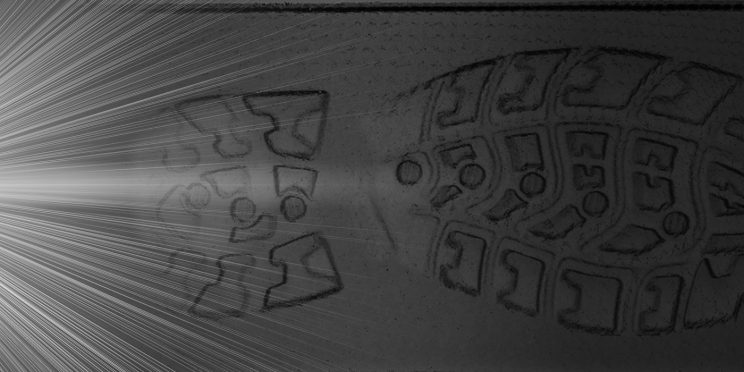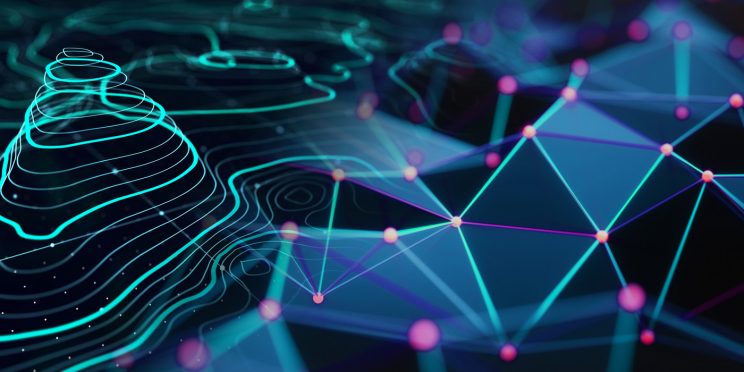Overview
Fingerprint conclusions are expert judgments. These specific types of judgments may be more appropriately termed as inferences, or subjective probabilities, where frequency rates have not been able to be calculated. For over a hundred years researchers have attempted to mathematically quantify different information and recent efforts seem promising.
A certificate of completion is available for all who register and attend this webinar.
Presenter
- Michele Triplett
Funding for this Forensic Technology Center of Excellence webinar has been provided by the National Institute of Justice, Office of Justice Programs, U.S. Department of Justice.
The opinions, findings, and conclusions or recommendations expressed in this webinar are those of the presenter(s) and do not necessarily reflect those of the U.S. Department of Justice.
Contact us at ForensicCOE@rti.org with any questions and subscribe to our newsletter for notifications.




